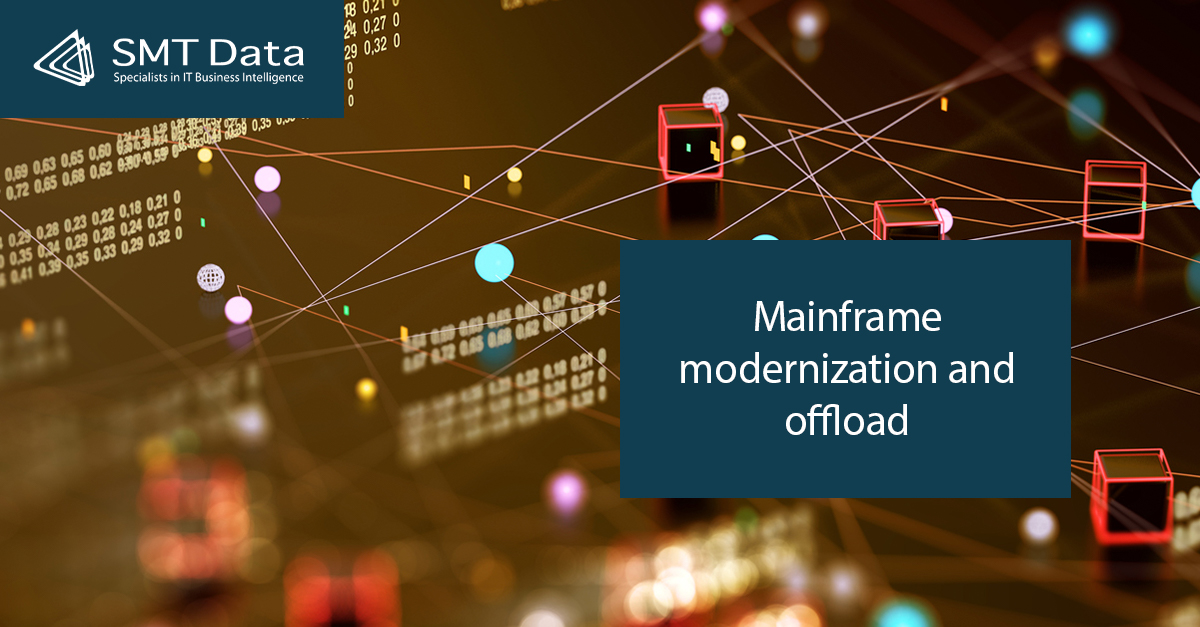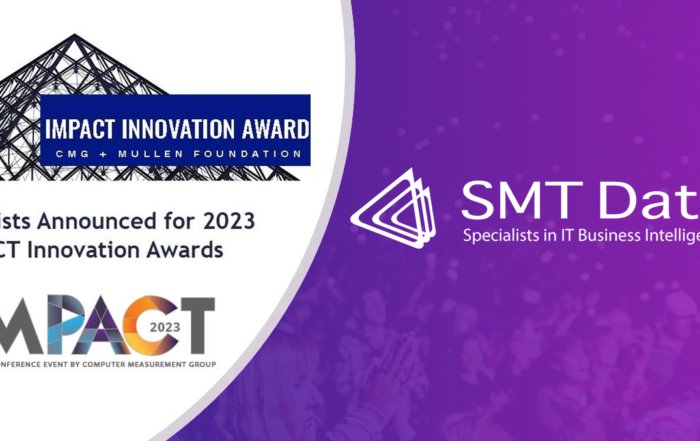Mainframe or not Mainframe, that is the question? Part II
This is the second blog in a series of four blogs looking at the main strategic themes that are currently discussed in companies working with Mainframes. The previous blog focused on setting the overall scene for the conversation. This blog will focus on the theme of Mainframe modernization and offload.
The coming two blogs will look at:
- Mainframe outsourcing, and
- Technology upgrade
The main reasons why Mainframe modernization and offload are chosen
As I mentioned my previous blog, besides cost consideration, the lack of Mainframe-specific skills within the company and the need for a high level of flexibility are often at the basis of the decision to modernize and offload the Mainframe. Keeping the core of one’s business on the Mainframe and allowing front end-development and transactions to happen in the distributed platform can in many cases be a valid decision.
Nonetheless. the decision to stay with the Mainframe or to partly or totally move away from it should always be supported by a thorough analysis of the facts related to the installation and its usage. This secures a correct foundation for the recommendations that are made about what workloads could be moved away and in which order, and thereby the achievement of the highest level of performance at the lowest costs.
The smart path to Mainframe modernization and offload might run through adding workload to your Mainframe
Based on our experience working with large IT installations, what we recommend is actually not to limit the analysis to the Mainframe but to conduct an overall examination of the workloads of the entire infrastructure across multiple platforms. Very often there can be significant advantages in terms of costs, performance and security hidden in the moving of applications and workloads from the distributed platform to the Mainframe.
Mainframe costs are typically driven by peak usage, so moving workload to off-peak hours will basically be for free. If you already run applications in a Linux distributed environment and if these applications need to communicate with your Mainframe, considering the possibility of moving them into to the Mainframe, for example in a z Linux solution, should be a regular exercise. You can achieve several advantages in terms of capacity and software related costs, performance, and security.
Transparency leads to better decisions: The Mainframe itself offers you the best help
Mainframes offer the advantage of having readily available historic information about capacity utilization and performance (e.g. SMF records, RMF, and other logs). These data are relatively easy to extract but need ”translation” and expert reduction and interpretation. Luckily today there are specialized tools such as SMT Data’s ITBI solution, and a variety of services that can help creating transparency by utilizing and enriching this information. Typically, already a first expert data analysis, that can be conducted within a few weeks, can lead to a significant cost optimization and to cost savings around 10-15% or more of Mainframe capacity- and performance-related costs.
Beware the Mainframe offload boomerang!
Sometimes a Mainframe modernization and the moving workloads away from the Mainframe can surprise negatively by creating additional costs instead of delivering savings. This effect is commonly referred to as the ”offload boomerang”. The savings from offloading application logic is in many cases offset by increased costs due to less efficient remote data access techniques. These increase the Mainframe capacity usage and can be much more expensive and a lot less transparent than the code they replace.
If internal resources are not available or need to be reinforced by experienced consultants who can help you through the process of getting ready to modernize or offload your Mainframe, the combination of a good tool and the related managed services could a solution you should consider.
SMT Data has 30 years of experience working with customers with in-house or outsourced Mainframes. We will be happy to talk to you about supporting you in any of your Mainframe related considerations and tasks.
In my next blog we will look closer at the decision to outsource the Mainframe and at some of the strategic considerations to make when moving in that direction.
by Patrizia Venturelli Christensen, COO





